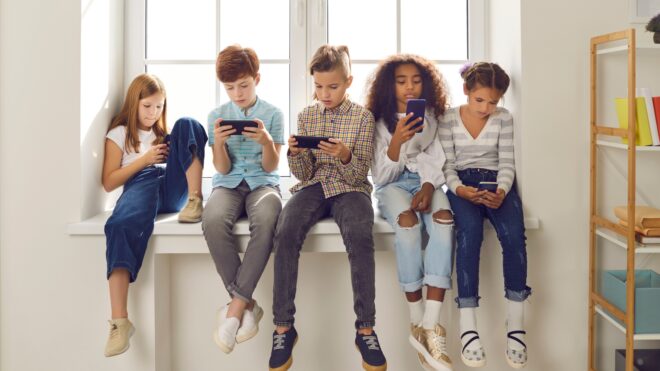
Once you become a mom, you become an expert in all the things related to your baby. You can easily warm up their milk to the perfect temperature without having to check on your wrist, and effortlessly snap open a complex stroller with one hand … and baby in the other. But for many parents, figuring out a baby shoe size is continually baffling — is my child a baby, walker, or little kid? Besides the kids’ quickly growing feet, there are inconsistent size charts from brand to brand ,making it so hard to understand what size shoe a baby should wear. As cute as those Baby Shark shoes are, it’s best if they feel good on your kiddos feet.
For their safety and comfort, your kids’ shoes should always be the correct size and fit for their feet. Growing feet need protection to support their healthy development. Here, we give a clear guide to baby shoe sizes, kids shoe sizes, width measuring, and fit tips for the perfect pair of shoes!
Understanding Baby Shoe Sizes

If you’re looking to buy a baby's first pair of shoes, the most confusing part about kids shoe sizing is probably the actual sizing. So let’s get into the different categories of baby shoe sizes.
Toddler sizes
Toddler sizes run from 0–13. A baby size 2, for example would likely fit a tiny baby, but the larger sizes often fit kids who are 4 or 5 years old or even older.
You can easily spot these shoes because they are often marked with a “T” for up to size 7. (like, 4T, 5T, 6T, 7T). You’ll notice that sizes 8–13 are typically marked with “Kids” (8 Kids, 9 Kids, 10 Kids, etc.).
Big kid sizes
Big kid sizes run from 1–6 or 7 with some brands. This can be confusing because after a size 13 shoe in little kids’ sizes, the next shoe size is a 1 for big kids. Just be mindful that toddler sizes are generally marked with “T” and other sizes designated as “Kids.”
It’s worth noting that brands have different sizes for baby, toddler, and big kids shoes. Your best bet in finding the perfect size and fit for your child’s growing feet is to measure them and then choose the shoes accordingly.
Measuring Kids' Feet

Did you know that children’s feet can grow half a size every two to four months? So it’s recommended that you measure your child’s feet every time he gets new shoes. Also, even if you don’t think your child needs new shoes, it’s not a bad idea to have a qualified shoe expert at a kids shoe store measure both of his feet a couple times a year to stay on top of things. Besides measuring for overall length, an expert will also measure foot width and arch length and do a volume assessment. These things give a more complete picture of what size shoes will work best for your child’s feet.
How to measure at home
Because babies' shoes are listed by age in months, you can go by their age as a guide. It’s still a good idea to measure her foot against the shoes you buy for her because some little ones grow faster — or slower — than others.
The tracing method works well for toddlers and older babies who can stand. Have your child stand on a sheet of paper and trace around each foot with a marker. Using a ruler, measure from the outside of the heel to the top of the big toe. Write down this length and measure each foot separately — they could be a little different. To measure the width, use a cloth or fabric measuring tape (or a piece of ribbon) and wrap it around the widest part of each foot, noting where the two ends meet. Compare those length and width measurements with the size chart of the shoe brand you’re looking to buy.
Do the Shoes Fit?

We all want to make sure our little one's first steps are properly supported, but unfortunately, infants, babies and toddlers can’t tell you whether their shoes are uncomfortable. That’s why paying attention to baby shoe sizes and measuring to ensure their footwear is perfectly fit is key. A good tip that it’s time for a larger size includes your child frequently removing one or both shoes, teetering, frequent tripping, and dragging toes. You may even notice red marks and impressions on his feet.
But if your child is old enough to complain that his feet are bothering him, then it’s time to take a look at how his shoes are fitting. It’s always good to check in with your big kid and ask specific questions about the fit: “Do your shoes squeeze here?” or “Does your foot move around here?” while pointing to the toe area.
If your child is in between sizes or one foot is bigger than the other, it’s recommended that you size up so there is no cramping or squishing of those little toes.



